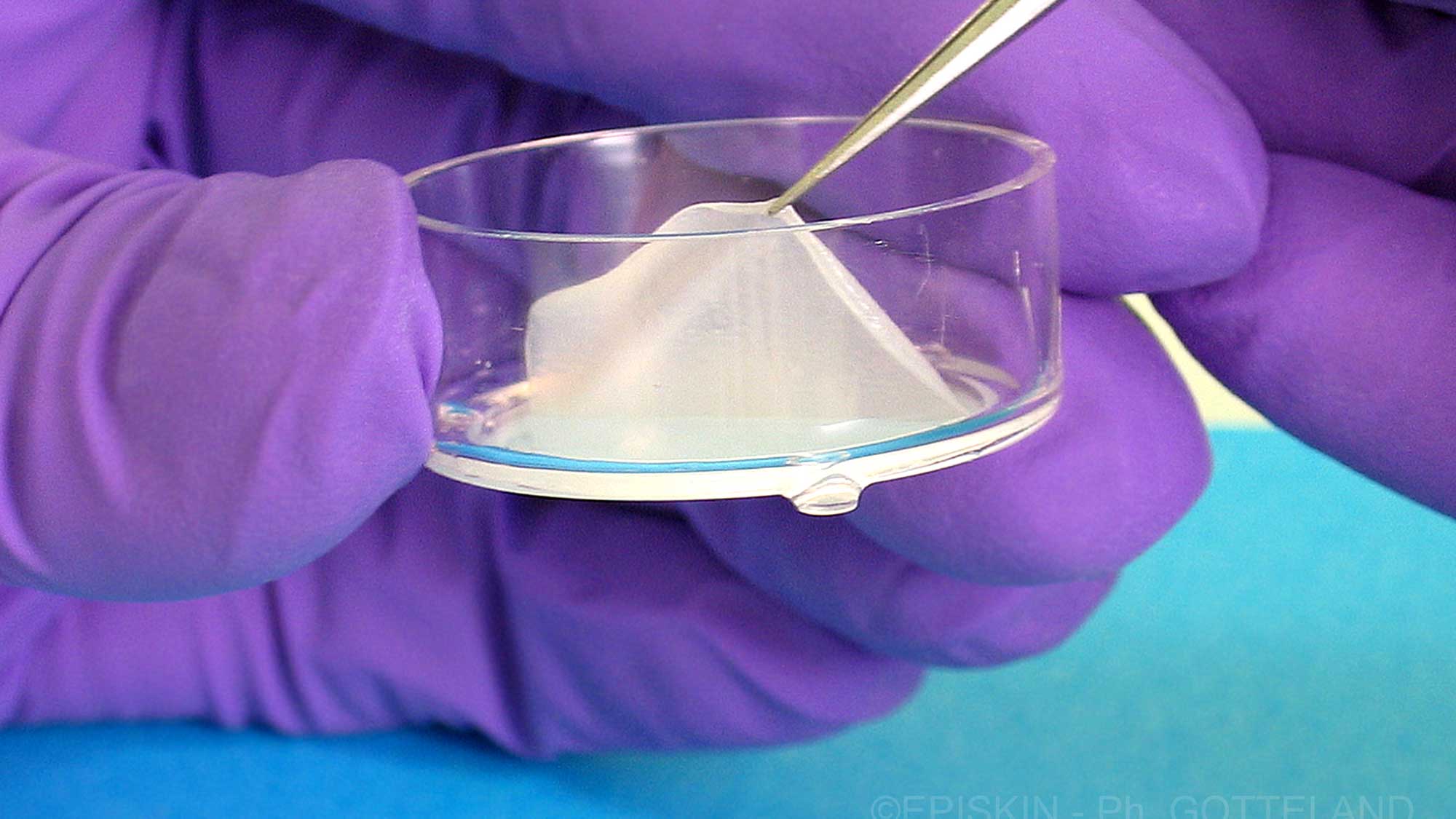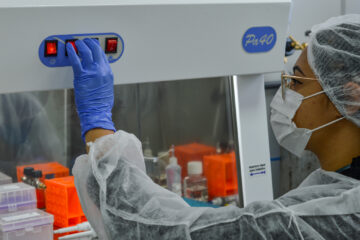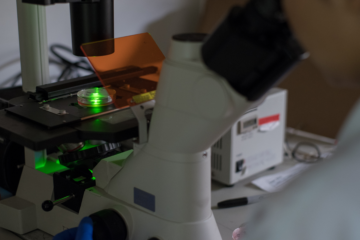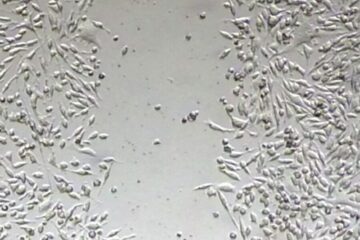Contact chemical substances, such as cosmetics and sanitizing products, must submit a series of toxicological safety assessments to be approved by national agencies and corresponding regulatory bodies.
Each cosmetic ingredient, for example, needs to present an assessment of skin and eye irritation and corrosion; skin sensitization; toxicokinetics (evaluation by absorption); mutagenicity; genotoxicity; acute toxicity (oral, dermal, and inhalation); and reproductive toxicity.
Skin and eye irritation and corrosion assessments are regulatory for all contact chemicals such as cosmetics and sanitizing products. Therefore, it is essential to guarantee and validate the safety of these products against irritation and corrosion, so that the corresponding national agencies and regulatory bodies approve them.
Irritation and Corrosion: definitions
There are several techniques for assessing this safety, but it is important to distinguish between irritation and corrosion before exploring them.
Corrosive substances cause damage that no longer allows regeneration, while irritating substances cause an imbalance in the region in contact, but which will be regenerated afterward.
Mechanisms
Ocular irritation has the following mechanisms considered during the evaluation process:
- Cell membrane lysis;
- Saponification (Fatty Acids in contact with alcohol):
- Coagulation;
- Action on macromolecules.
It is possible to know the categories of chemicals that activate each of these irritation mechanisms.
As for skin corrosion, it is possible to identify the corrosive potential of the substance just by observing the chemical properties of the molecules, and evaluating their Ph ends to define the potential toxicological result.
Methodologies for ocular irritation and corrosion evaluation
There are two main testing strategies for eye irritation, which define two workflows for this safety assessment:
Top-Down Methodologies:
This methodology is applied to evaluate products assumed to be severe irritants, using models such as BCOP (Bovine Corneal Opacity and Permeability); ICE (Isolated Chicken Eye); IRE (Isolated Rabbit eye). In Brazil, the most used for potentially severe irritating substances is BCOP (bovine cornea).
Bottom-up methodologies:
This methodology is applied to evaluate products assumed to be mild or moderate irritants, using models such as NRR (neutral red release assay); Het-cam (Hen’s Egg Test on the Chorio-Allantoic Membrane); RBC (Red Blood Cell). Since the Het-cam model has not yet been validated. (In the article “Alternative methodologies in safety assessments” on our website, the differences between valid and validated methods are defined).
The Het-cam model consists of observing the increase in vascularization of the chicken egg for 5 minutes. During observation, the amount of time it takes to generate an increase in vascularization; bleeding; and coagulation is recorded. Then, scores are given for each time observed in the events. Then, the points are put into a formula to obtain a score, with each score range being an irritation category: non-irritating; light; moderate; and severe.
At Crop Biolabs we developed the ocular irritation and corrosion test using the BCOP (Bovine Corneal Opacity and Permeability) method, following OECD TG 437, and the skin irritation and corrosion test based on OECD TG 431 – In vitro Dermal Corrosion: Reconstituted Human Epidermis Test, and OECD 439: In Vitro Skin Irritation: Reconstructed Human Epidermis Test Method.
Get in touch and schedule a meeting to learn more: https://cropbiolab.com.br/contact-us/
Author: Carolina Barizan, Biomecial Scientist. Marketing Analyst, Crop Biolabs.




